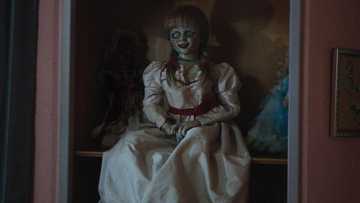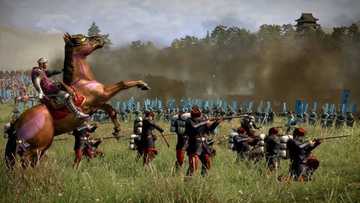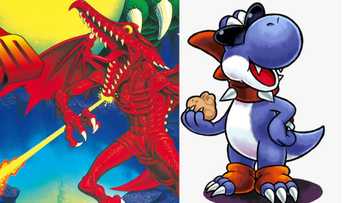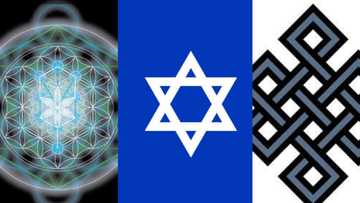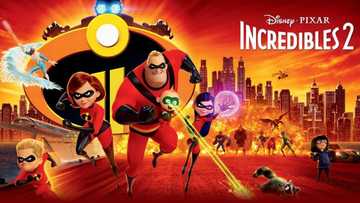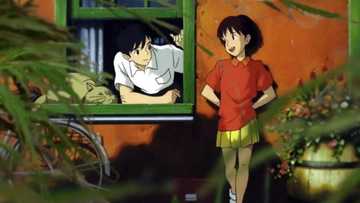High vs low fantasy: what do they mean and what is the difference?
The setting of the world in which a story takes place is one of the fundamental elements that differentiate high and low fantasy. The latter is characterized by stories that take place in an ordinary world, albeit with some aspects of fantasy. High fantasy, on the other hand, is characterized by a setting that involves an alternative world that is purely the creation of the storyteller.
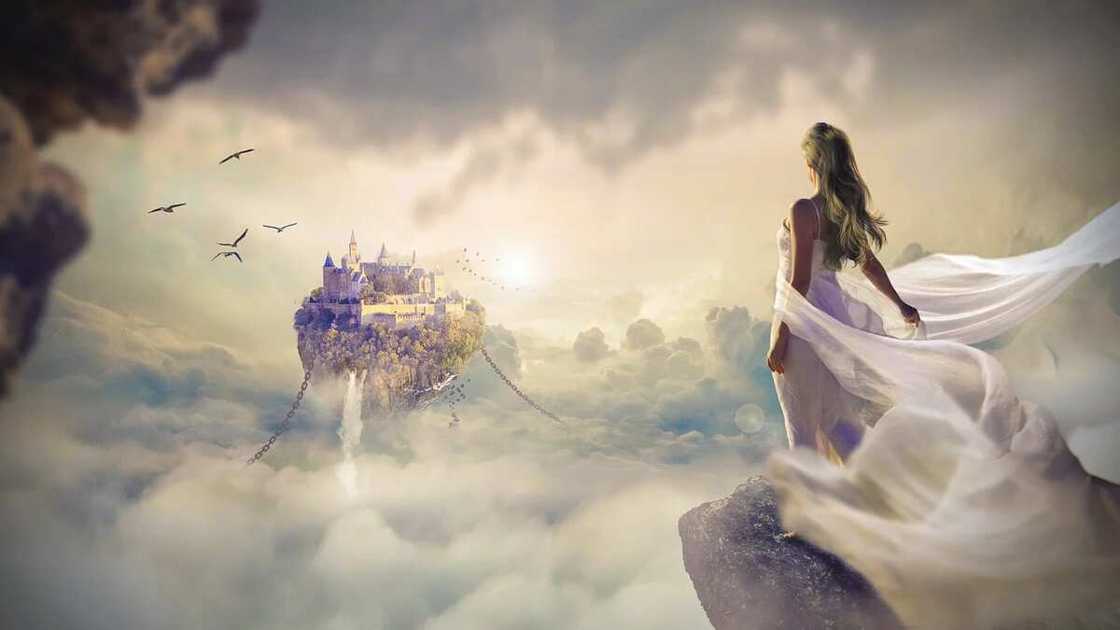
Source: UGC
There are numerous sub-types of the fantasy genre in novels, video games, films, and television shows. High fantasy and low fantasy are arguably the most common of these subgenres. The terms high and low should not be mistaken to represent the quality of the genres; they only refer to the settings in which the stories take place.
Low fantasy definition
What is low fantasy? This is a subtype of the broader fantasy genre in which supernatural events become part of an otherwise ordinary world. This is in contrast with high fiction stories, which take place in fictional worlds that have their own sets of rules and physical laws.
At times, the stories in this sub-genre might overlap with elements in other subgenres. Often, worlds in this sub-genre are based on the idea that a separate community of magical or supernatural beings exists in the real world, but is hidden from most people.
Good examples include Miss Peregrine's Home For Peculiar Children, City of Bones, or the Harry Potter universe.
What is high fantasy?
The high fantasy definition often varies slightly from one author to the other. In trying to define high fantasy, one of the most important aspects to consider is the nature of a story's setting.
Also known as epic fiction to some, high fantasy is a sub-genre of fantasy that is defined by the distinctively epic nature of its plot, themes, or characters. Massive fictional worlds and extensively-detailed characters define the sub-genre.
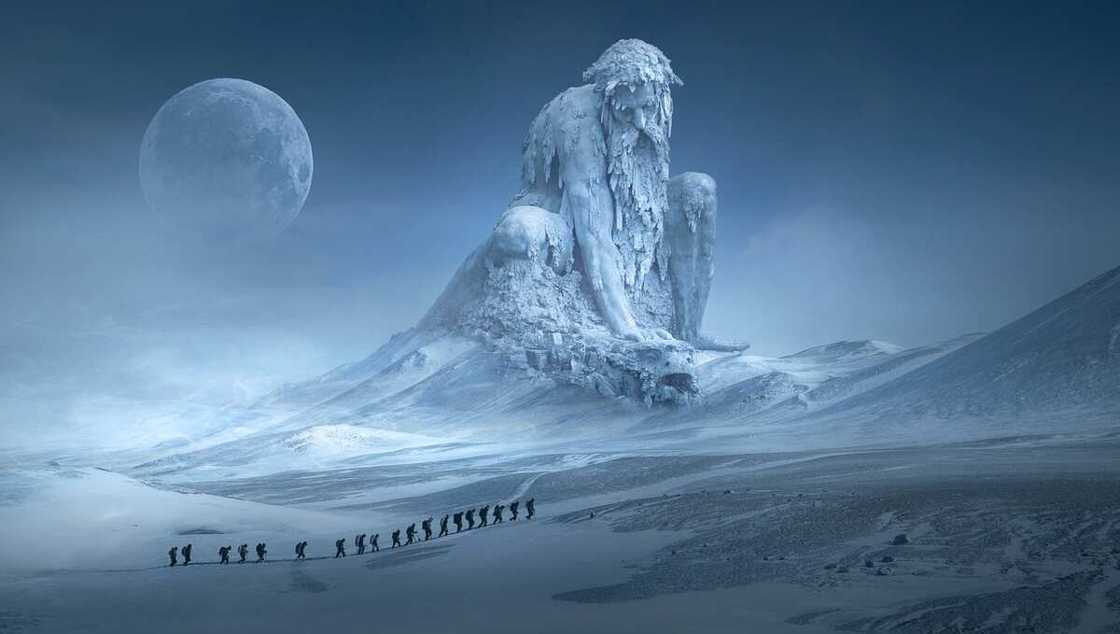
Source: UGC
Keep in mind that the high fantasy meaning has nothing to do with the quality of spoken or written works in the sub-genre. The word 'high' only relates to the level of epic fiction involved in the narrative.
What are the defining elements of high and low fantasy?
Here is a look at the elements that define the two subgenres.
High fantasy
Here are the definitive aspects of high fiction.
Overall setting
Works of high fantasy are set in a secondary, alternative world that differs from ours on varied scales depending on the storyteller. Sometimes, this subgenre can have minimal similarities to present-day Earth involving its future or past.
However, such similarities with our world often play little or no part in the overall storyline. It is common to have the setting in high fantasy resemble medieval Europe.
Scale
Works of high fantasy often explore issues such as the end of the world, supernatural creatures roaming the world, destruction of nations, and power politics. These elements are the primary difference between high fiction and another subgenre known as heroic fiction.
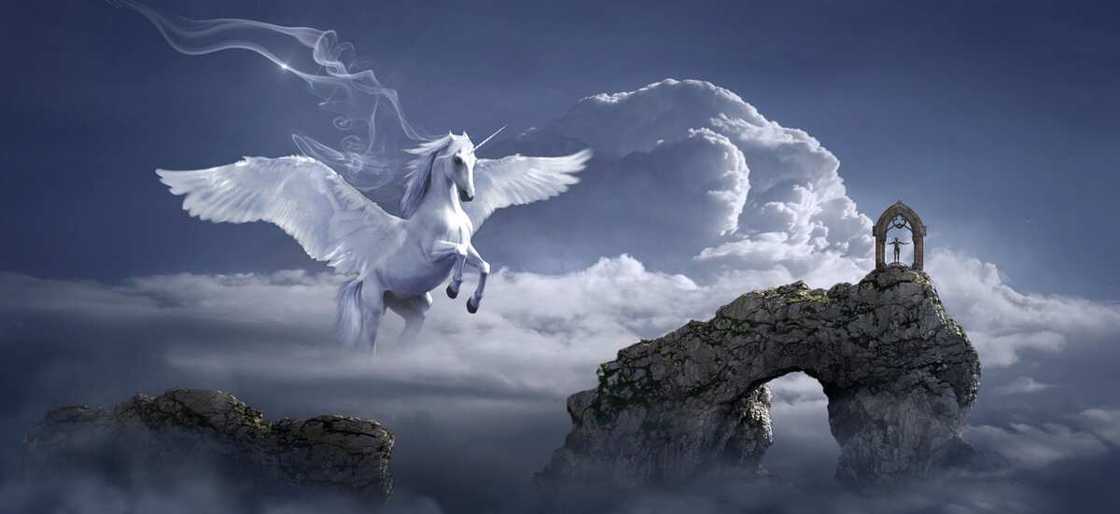
Source: UGC
The great evil
The storyline often contains a creature that is essentially the embodiment of evil. This character is usually irrefutably detestable as opposed to the 'grey area' villains and human-and-human conflicts synonymous with low fantasy.
Method
One of the most critical high fantasy tropes involves how victory is achieved. In this subgenre, triumph is rarely achieved through hand-to-hand combat. Usually, elements of heavy magic come into play in deciding who wins and who loses.
This is unlike subgenres such as low or heroic fiction where at times, combat decides who comes out victorious.
Themes
One of the most common thematic concepts in high fiction involves 'good vs evil.' This conflict often represents a concern for moral issues, unlike in other subgenres where the conflict is usually part of a power struggle.
Low fantasy
Here are the definitive aspects of low fiction.
Setting
The setting of this subgenre is only slightly supernatural. Unlike high fiction, this subgenre uses the ordinary world as the primary setting and introduces elements of fiction in the storyline's background.
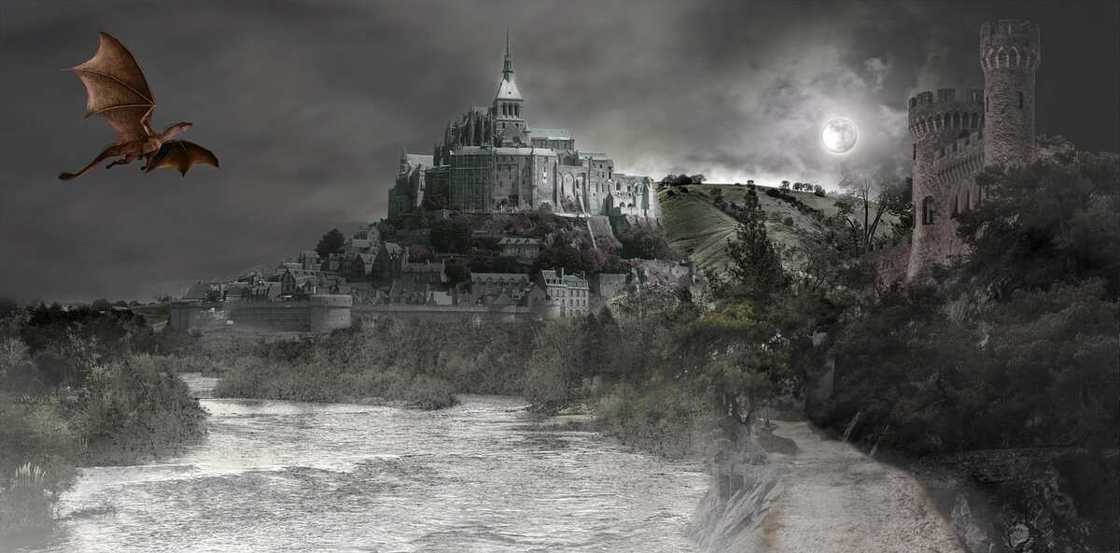
Source: UGC
The story might take place in a futuristic, current, or historical world.
Human dominance
Stories in this subgenre often involve worlds that are mostly (or exclusively) inhabited by humans. This is a strong contrast to works of high fiction which usually include a mixture of dwarves, elves, giants, and other mythical creatures.
Less use of magic
While the use of magic is widespread in high fiction, it is significantly rare and at time non-existent in low fantasy. When used, magic is usually the reserve of very few characters in the story.
Limited scope
Stories in this subgenre often tend to focus on the tribulations, survival, and advancement of a small group of individuals instead of an entire world.
Morality
This subgenre's stories usually feature black-and-white morality with clear cut heroes and villains. Many low fiction works, on the other hand, have a grey area in regards to morality. The former involves battles between good and evil, while the latter often involves conflicts related to resources, land, and power.
Heroes
Unlike the 'chosen ones' of high fiction, the heroes in low fiction are often ordinary people who step up to be part of a noble cause.
Villains
The villains in low fantasy have somewhat diffident ambitions than their counterparts in high fiction. For example, a depraved queen who steals a magical orb is less likely to use it to open up a portal and let in evil aliens. However, she is more likely to use the orb to gain immortality.
Method
Triumphs are often achieved through physical combat and treachery, not magical battles or moral superiority - the defining features of high and heroic fantasy -.
Examples of high fantasy books
How do you write a low fantasy? This often varies from one writer to the other but creating a fictional world is often the first important step. This is then followed by character and story development. Here is a look at some fascinating written works of high fiction.
- A Song of Ice and Fire by George R. R. Martin
- The First Law Trilogy by Joe Abercrombie
- The Gentlemen Bastards by Scott Lynch
- The Lord of the Rings by J.R.R Tolkien
- The Stormlight Archives by Brandon Sanderson
Best high fiction films and television shows
With the passage of time, just as the subgenre went from spoken to written stories, the development of new entertainment mediums allowed people to explore high fiction worlds in new ways.
Here is a look at some of the TV shows and films whose storylines are based on high fantasy.
- Warcraft
- The Witcher
- The Lord of the Rings
- Avatar: The Last Airbender
Best video games in the subgenre
Video games allow players to enter new fictional worlds and explore them from within. There has been an ever-growing list of high fiction games. Here is a look at some.
- Dark Souls
- Skyrim
- The Legend of Zelda
- The Witcher
- World of Warcraft
Examples of low fantasy
Most of the MCU (Marvel Cinematic Universe) movies are perfect examples of low fiction films. They are set in an ordinary world (Earth) but have elements of the supernatural (such as Thor's mystic hammer).
Here is a look at some other examples of low fiction books and films
- A Game of Thrones by George R.R. Martin): Is Game of Thrones a low fantasy? Yes, it is. The book's storyline takes place in a world predominantly occupied by humans but which contains some supernatural elements such as dragons.
- The Broken Empire trilogy by Mark Lawrence: This trilogy contains some of the most exciting first-person perspective books in the low fiction sub-genre.
- The Blade Itself by Joe Abercrombie: Often referred to as 'grimdark' fantasy, Abercrombie creates 'heroes' more similar to villains, and somehow manages to make readers root for them.
- Conan the Barbarian by Robert E Howard: This one walks the line between high and low fantasy, but still more of a low fiction story.
- All Harry Potter novels by J K Rowling: Is Harry Potter a low fantasy? It definitely is. While the novels' setting involves supernatural elements, it is primarily defined by ordinary day to day things such as people, trains, food, buildings, and vehicles.
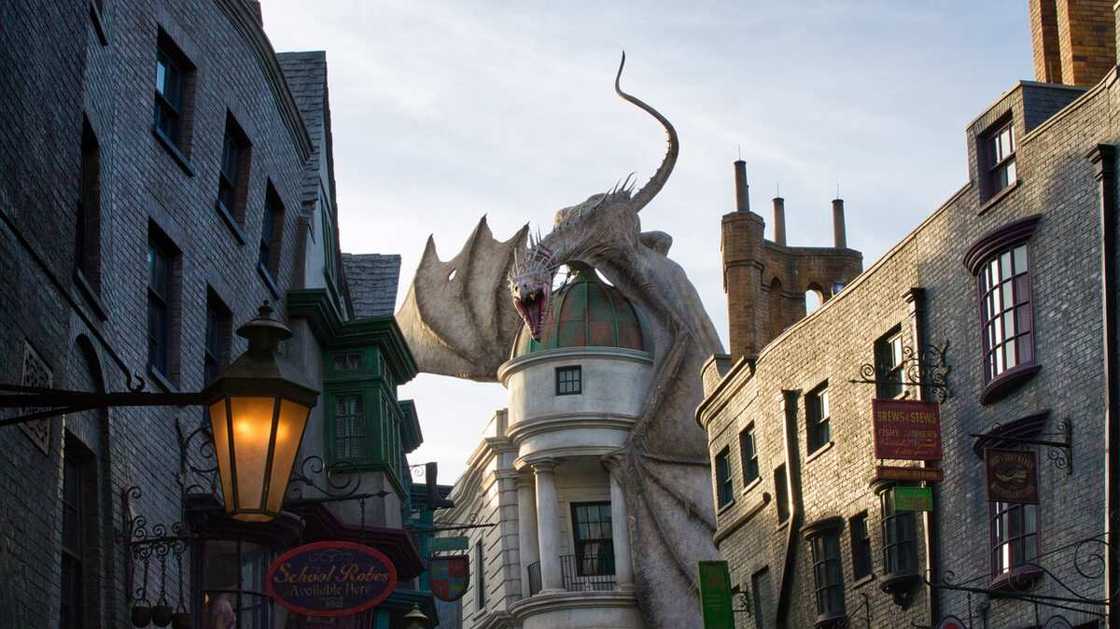
Source: UGC
High fantasy vs low fantasy: which is better?
The low fantasy vs high fantasy debate is not a determinant of how good a piece of fiction is. Often, the quality of a story is largely determined by the author's prowess as opposed to the subgenre they chose to base their story on.
The high vs low fantasy conversations only serve to highlight the differences in the settings, themes, methods, villains, and other elements involved in the subgenres. You should therefore not shy away from any of the subgenres.
Now that you have learned the differences between these two popular sub-genres of fiction, which low fantasy book, film, video game, or television show have you ever found quite fascinating?
Source: Legit.ng


